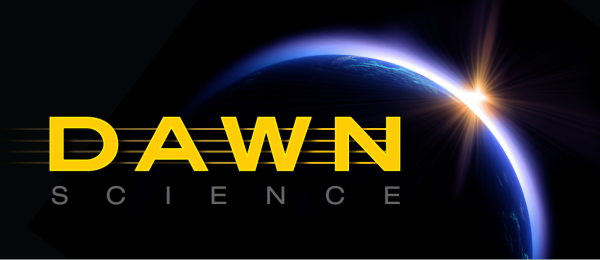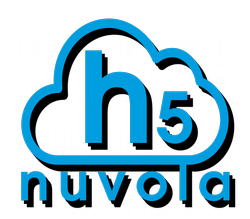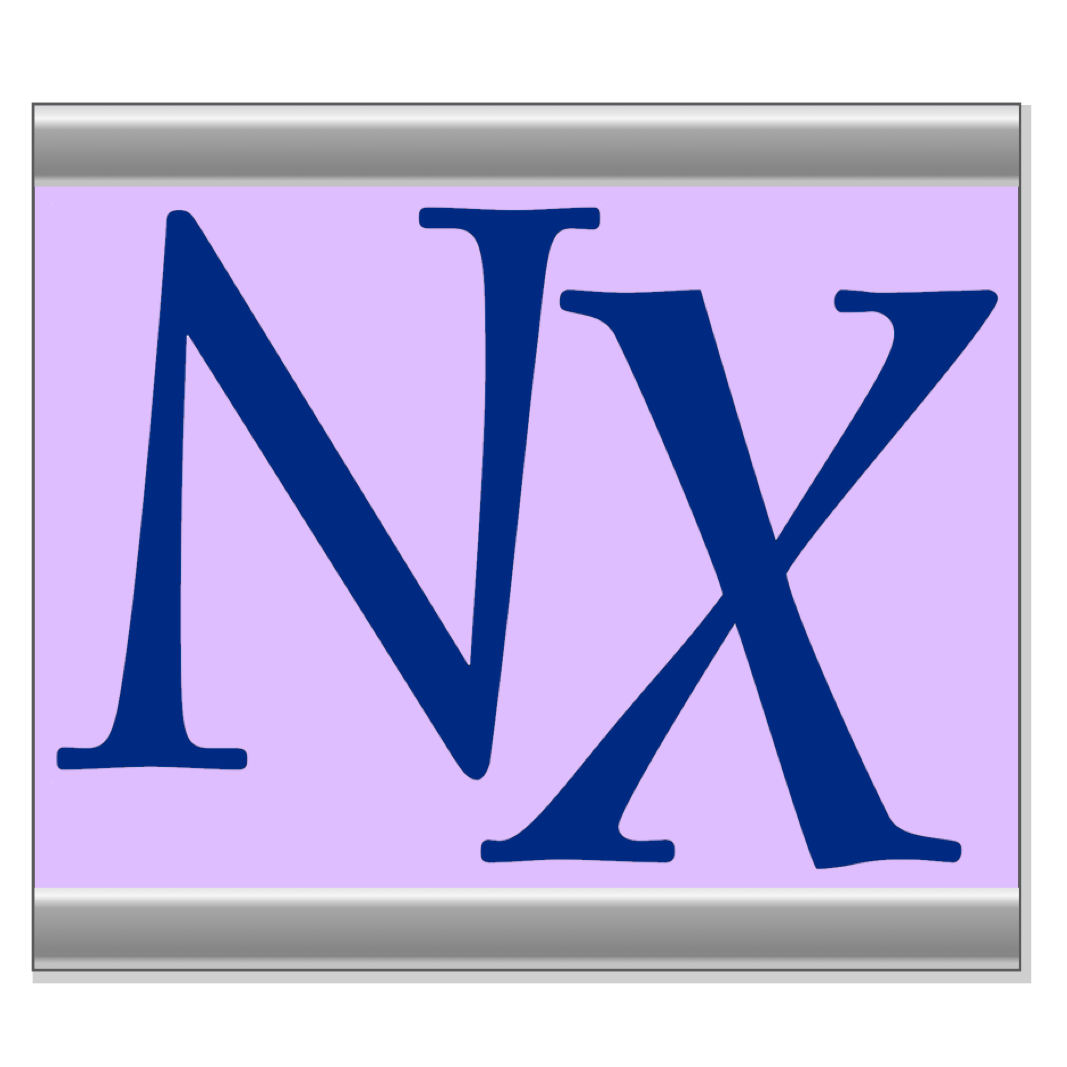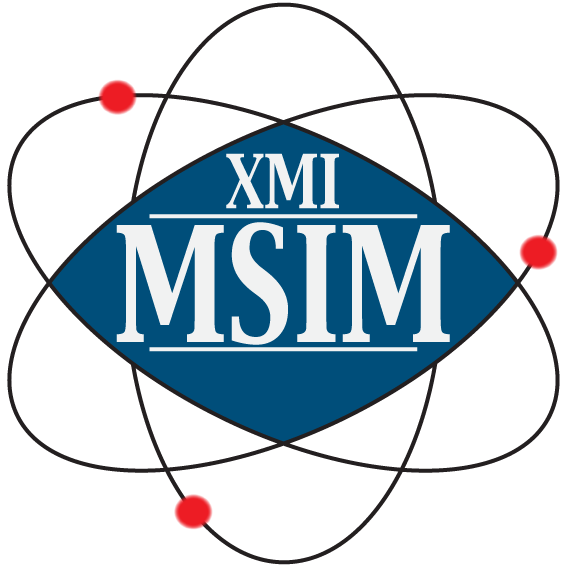Software

CrystFEL
CrystFEL is a suite of programs for processing diffraction data acquired "serially" in a "snapshot" manner, such as when using the technique of Serial Femtosecond Crystallography (SFX) with a free-electron laser source. CrystFEL comprises programs for indexing and integrating diffraction patterns, scaling and merging intensities, simulating patterns, calculating figures of merit for the data and visualising the results. Supporting scripts are provided to help at all stages, including importing data into CCP4 for further processing. [From: the Website]

DaFy
DaFy, short for Data Analysis Factory, is a software package that contains a bunch of PyQt5 based GUI applications for processing synchrotron X-ray data.

DAWN
DAWN, the Data Analysis WorkbeNch, is an Eclipse based application for scientific data analysis. It comes with a range of tools for visualization (1D, 2D and 3D), code development environments (for Python, Jython and Eclipse plug-ins) as well as processing workflows with visual algorithms for analyzing scientific datasets. It is primarily developed at Diamond Light Source, but external contributions are most welcome! DAWN is distributed freely and is released under the Eclipse Public License.

Demeter
Demeter is a comprehensive system for processing and analyzing X-ray Absorption Spectroscopy data. It contains several packages such as Athena, Artemis and Hephaestus, which are widely used in the XAFS community.

h5nuvola - HDF5 services on the cloud
A web-based equivalent for HDFView which adds additional functionality. It implements Cloud file browsing, data visualisation services, and selective exporting of data. Its modular architecture includes an API facilitating data and metadata exploration through REST services. Back-end tasks are based on the Python framework Flask. HDF5 files are accessed through h5py. Bokeh plotting library handles the visualisation. The front-end uses HTML5, CSS, and JavaScript. h5nuvola is integrated in Elettra’s Virtual Unified Office. It can also be integrated with Jupyter.
idltomo
a graphical user interface to manage tomography data preprocessing, reconstruction and visualizaton based upon IDL and PyHST packages.
jupyterlab-h5web
JupyterLab extension to explore and visualize HDF5 file contents, using the web-based viewer H5Web. H5Web supports the NeXus format.
myHDF5
myHDF5 is a free online service to explore and visualize HDF5 files. Users can choose to select files from their local machine, or to load files that are hosted remotely on platforms such as GitHub or Zenodo. myHDF5 is based on H5Web, an HDF5 file viewer and visualisation component library built with React and WebGL, as well as h5wasm, a WebAssembly-powered library for reading HDF5 files from JavaScript.

NeXpy
NeXpy provides a high-level python interface to NeXus data contained within a simple GUI. It is designed to provide an intuitive interactive toolbox allowing users both to access existing NeXus files and to create new NeXus-conforming data structures without expert knowledge of the file format. The underlying Python API for reading and writing NeXus files is provided by the nexusformat package, which is also described here.

NSXTool
NSXTool is an application for reducing neutron single crystal data. It provides algorithms for indexing, refining UB matrix and instrument parameters, integrating Bragg peaks for future analyses using software such as FullProf or ShelX. It is made of a core crystallographic library written in C++ (standard 2011) with dependencies on boost, eigen, gsl standard libraries and of a graphical user interface written in Qt.

OASYS
OASYS (OrAnge SYnchrotron Suite) is an open-source Graphical Environment for optic simulation software packages used in synchrotron facilities, based on [Orange 3](http://orange.biolab.si/orange3/). It includes SHADOWOUI, a port to the [SHADOW](https://github.com/srio/shadow3) ray-tracing code and XOPPY (the Python version of [XOP](http://www.esrf.eu/Instrumentation/software/data-analysis/xop2.4)

tomwer
Tomwer is offering tools to automate acquisition and reconstruction processes for Tomography. It contains: - a library to access each acquisition process individually - gui and applications to control main processes (reconstruction, data transfert...) and execute them as a stand alone application. - an orange add-on to help users defining their own workflow (http://orange.biolab.si)
vscode-h5web
VS Code extension to explore and visualize HDF5 files using the web-based viewer H5Web. H5Web supports the NeXus format.

XMI-MSIM
XMI-MSIM is an open source tool designed for predicting the spectral response of energy-dispersive X-ray fluorescence spectrometers using Monte Carlo simulations. It comes with a fully functional graphical user interface in order to make it as user friendly as possible. Considerable effort has been taken to ensure easy installation on all major platforms. A manuscript has been published in Spectrochimica Acta Part B that covers the algorithms that power XMI-MSIM. Please include a reference to this publication in your own work if you decide to use XMI-MSIM for academic purposes. A second manuscript was published that covers our XMI-MSIM based quantification plug-in for PyMca. XMI-MSIM is released under the terms of the GPLv3.
- ← Previous
- 1
- Next →

